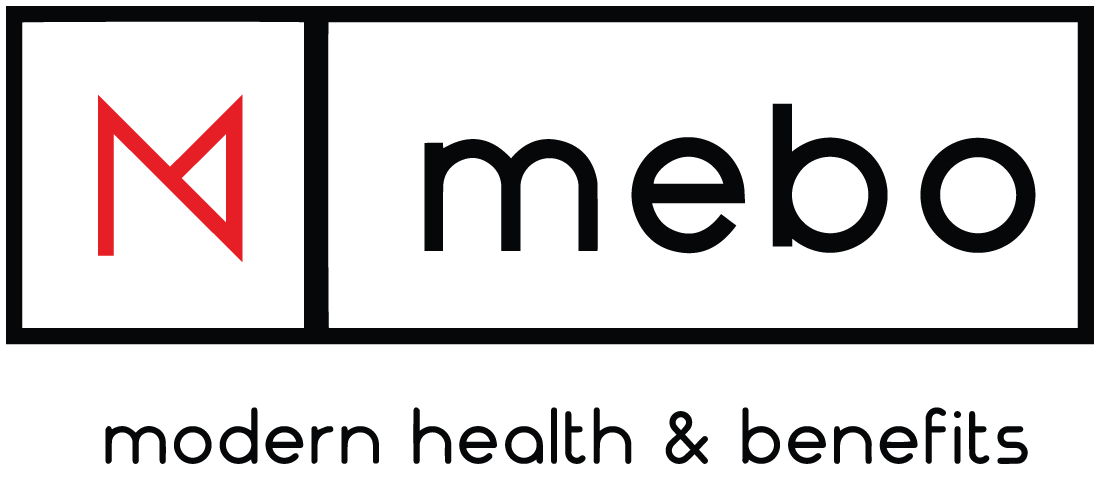Finding the Right Care at the Right Place at the Right Time
Most employers understand the importance of routine healthcare. Healthy employees miss less work and spend less money on treatment. Employees that receive routine healthcare are more likely to catch issues sooner, when they’re easier to treat. Routine healthcare also reduces the number of emergency room visits each year. Despite the importance, getting employees to seek out healthcare creates a challenge for many leaders.
Providing healthcare benefits ensures employees have access to quality care. However, not many people know how to locate the right care for their situation. It is up to employers to ensure employees receive the care they need, when they need it. This is accomplished by providing options, increasing access to care, and educating employees on best practices.
Ensuring the Right Care
As consumers take a more active role in their healthcare, employers need to increase access to information and care. Taking a customized approach to healthcare ensures a benefit program that meets the needs of both employees and the companies they work for.
The right employee benefits specialist doesn’t just provide leaders with health insurance; they provide access to the resources employers need to ensure proper care for their employees. A well-planned medical management program provides employees with access to the care they need, without the large medical bills typically associated with medical evaluation and treatment. The program provides employees with access to a team of professional doctors and nurses. This team works diligently to ensure patients receive the right care at the right time and for the best price. With a medical management program, quality care is just a phone call away.
Medical Management Programs Help Control Healthcare Spending
A medical management program helps patients requiring non-emergency care avoid costly medical bills and unnecessary trips to the ER. When utilized during a health emergency, a medical management program can help patients and employers navigate care and the insurance system. This helps prevent overspending and ensures everyone is on the same page.
Medical management programs are custom tailored to the specific needs of the employer. The “Patient Centric” approach ensures patients receive the care they need when they need it most. The program provides patients with valuable information about their condition and care. This helps patients become more efficient when visiting their medical provider. When armed with the right information, patients can effectively take control of their own care.
California Benefits Specialists
At MEBO our experienced employee benefit specialists work directly with employers to develop a benefits package that fits the culture, needs, and budget of our clients. We are pleased to offer customizable medical management programs. Please contact us to schedule a consultation.










